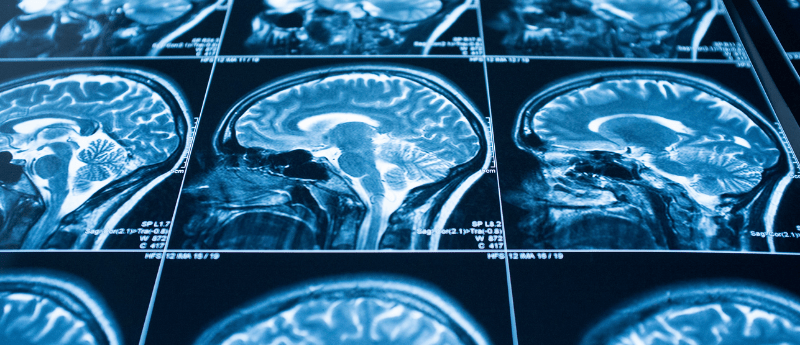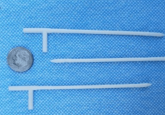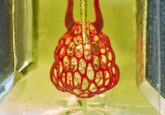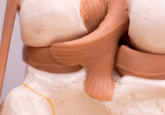3D bioprinting and the brain: a new collaboration aims to bring deeper understanding

A team of researchers from Politecnico di Milano and Humanitas University (both Milan, Italy), funded by Fondazione Cariplo, are collaborating on a new project that will use 3D-bioprinted tissue to gain a greater understanding of the causes of neurological diseases, such as Pitt–Hopkins syndrome (PTHS). By combining the engineering and neurobiology expertise of these teams, they will be able to study the inner workings of the cerebral cortex in greater detail and over a longer timeframe, which will provide the team with critical insights into neural development. This is an ambitious step in the journey towards learning about the various factors that impact brain development and disease, thereby creating an opportunity to learn and develop crucial therapeutic treatments.
PTHS is a rare, genetic condition caused by mutations or deletions in the TCF4 gene. The condition can cause issues such as developmental delay, breathing problems and learning disabilities, among others. The aim of the project is to understand the underlying mechanisms that lead to its development using a 3D-printed vascularized reproduction of the cerebral cortex.
Due to its highly complex structure, a challenge for this project will be recreating the brain. Additionally, although 3D bioprinting has made significant advances over the years, a remaining challenge is creating an effective vascular system, which is essential for keeping the organ alive. This system provides the tissue with essential nutrients as well as removing waste products.
Nonetheless, the team are hoping that their combined skills and knowledge will allow them to explore new ways of applying 3D bioprinting technology alongside creating new materials which will allow them to 3D print vascularized neural tissues. “… It is obviously a very ambitious and highly interdisciplinary project, but the engineering know-how, materials science, microfluidics, neurobiology and development biology, which the Politecnico and Humanitas team brings together makes us hopeful concerning the progress we shall contribute to achieve”, explained Mattia Sponchioni, researcher at Politecnico di Milan.
3D bioprinting will allow the researchers to print and attempt to recreate the structural complexity of the cerebral cortex in minute detail, combining the neural with the vascular tissue. “Thanks to this powerful synergy we hope to obtain “bio-printed organoids” featuring a primitive vascularization system into which we can implement complex geometries that are increasingly suitable to study organs/tissues in the framework of research on diseases, such as those of the nervous system”, commented Monica Tambalo, post-doctoral fellow at Humanitas University.
If successful, this project will throw the doors wide open for further research into neurological disorders, laying the groundwork for understanding other diseases and developing new therapeutic treatments.





